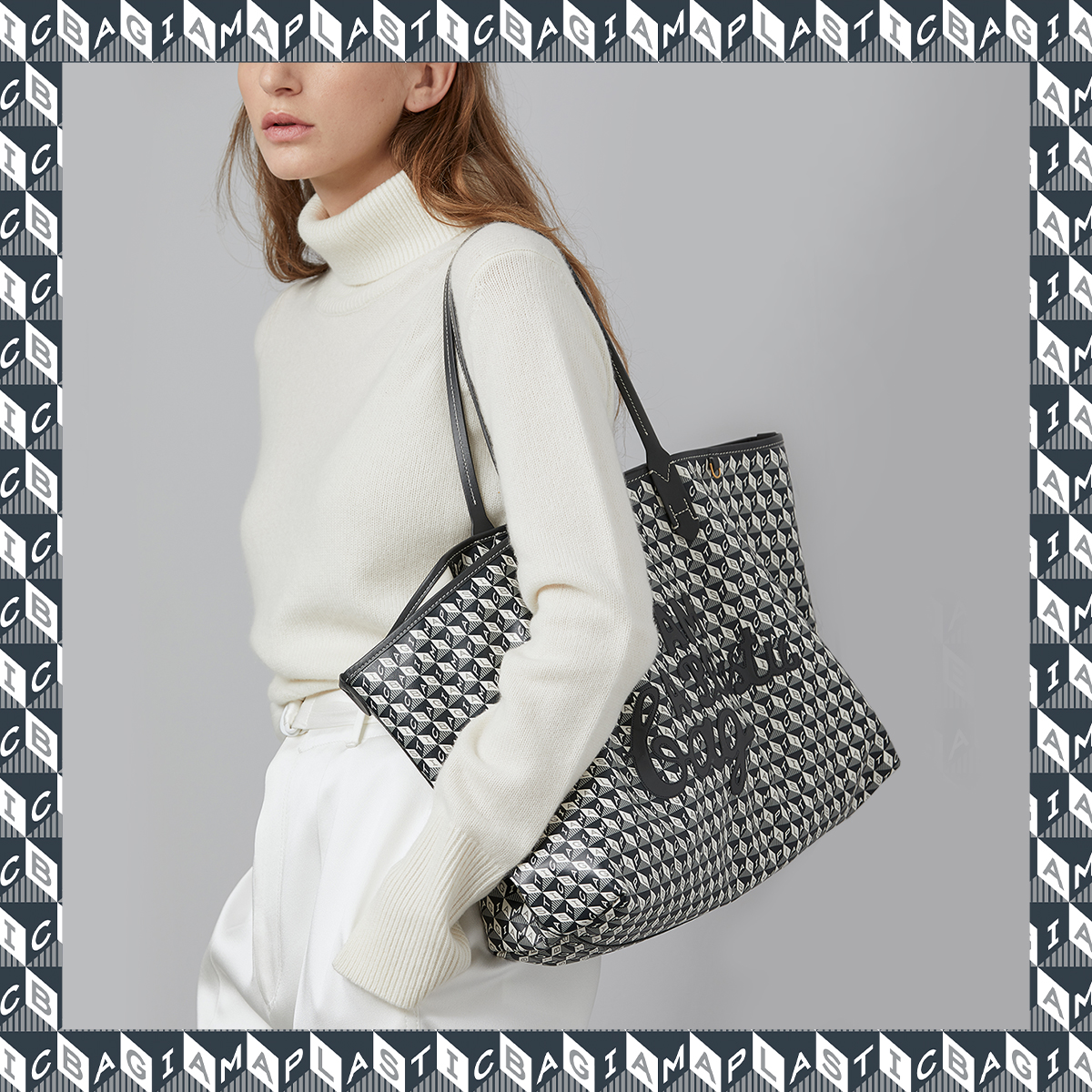
May 11, 2020 at 04:41PM

Acne has been one of the predominant skin care issues to flare up in the last two months, and it’s showing up in multiple forms. While those deep stress-induced breakouts are plentiful, there’s also an uptick in a type of acne we’ll call maskne. You can identify maskne pimples as tiny little whiteheads that pop up after wearing your medical, cloth, or paper face mask to prevent the spread of coronavirus. Coincidentally, the other kind of maskne—suspicious breakouts that appear after an over-zealous home-spa spree with skin care masks—have the same root cause. The culprit? The breakdown of what is known as your skin’s barrier; its outermost layer that shields you from outside stuff while keeping hydration locked in. A damaged barrier can lead to all kinds of irritation issues including, yes, acne. Technically, this kind of breakout has a clinical name: acne mechanica.
What Causes Maskne?
“Acne mechanica comes from friction,” says New York City dermatologist Dendy Engleman, MD. “You irritate the skin, you get clogging of the pores, and then you get sebum and bacteria that proliferate under the skin.” What you’ll notice are tiny shallow whiteheads rather than the deep and painful bumps (those are caused by hormones). While it might seem like mask-induced breakouts would be caused by skin being “suffocated” or “blocked” by a mask, that’s not likely. “A lot of people think of it as a physical occlusion, but it would really need to be stuck to your skin in that case, like an adhesive,” says Engleman.
How do I know it’s maskne from my cloth mask?
Aside from telltale little white bumps, it’s all about location. “Observing the distribution is key as it will be along the lines of contact,” says Engelman. “It wouldn’t be right over the mouth where you’re breathing, but along the chinstrap, over the bridge of the nose, and cheeks.” This also applies to medical or paper masks. Another way a cloth mask can cause breakouts is when you don’t wash it and the cloth had a build up of dirt and bacteria. Rule this out as a cause by washing your mask with each use.
Why would too many skin care masks do it, too?
ADVERTISEMENT
ADVERTISEMENTKate Spade Autumn/Winter Sale |
If you’re been going to town with daily or twice-daily beauty masks (cream, clay, sheet masks, etc), it’s actually not the hydrating masks you should worry about. “It’s really when you overdo it with the exfoliating masks and detox cleansing masks that it will strip your skin barrier—those for sure will lead to breakouts,” says Alicia Yoon, esthetician and founder of K-beauty web site Peach & Lily. “When your barrier is disrupted and vulnerable, more bacteria can get in and you get a lot more water loss. And once your skin is dehydrated it can kick start inflammation and release a hormones that tell your sebaceous glands to produce more oil and your skin cells not to shed—that causes the clog.”
Below, a few steps to get rid of unwanted breakouts caused by face masks.
First, try a new face mask fabric
You want a material that creates as little friction as possible on your skin. Silk would be the most gentle and a few brands sell washable silk masks (the delicate fabric is often not machine washable). You can also look for material that feels silk-like in its smoothness. While you wait for your mask to be shipped or if buying a new one isn’t in the cards, add extra moisturizer or a buffer like a skin care balm to the areas that get too much friction. “People who have acne do not want to moisturize, but you do need to put some kind of protective barrier cream like Aquaphor over the nose,” says Engelman. “Just be sure to wash thoroughly when you remove the mask.”
Next, kill them (the breakouts) with kindness
While too many exfoliants, like scrubs and acids, are the bad guys, Engelman suggests the more gentle salicylic acid, which can help pimples clear more quickly and comes with anti-inflammatory benefits, or a sulfur-based face wash, which can kill acne bacteria without exacerbating irritation. Engelman advises steering clear of retinol or benzoyl peroxide for the time being as they are more active and intense. And, while you’re scanning the ingredient labels, she says, “this is the perfect time to purge your beauty products and get rid of anything expired.”
Lastly, hydrate like a pro
“Often the root cause is dehydration,” says Yoon, who discusses skin issues with customers over social media. “People will DM me and say they didn’t realize that doubling down on hydrating is really helping with their acne. You need products for the barrier and calming ingredients. It’s all about getting that barrier back intact.” Yoon recommends cica creams (a product popular in Asia that contains a calming botanical ingredient called centella asiatica), or skin care with jojoba, squalene, or ceramides to help repair the barrier. You can also add hyaluronic acid serums or creams to replenish the lost hydration.
Author | Elle
Selected by CWC
ADVERTISEMENT
ADVERTISEMENTUp to 30% off Gift Sets |



















